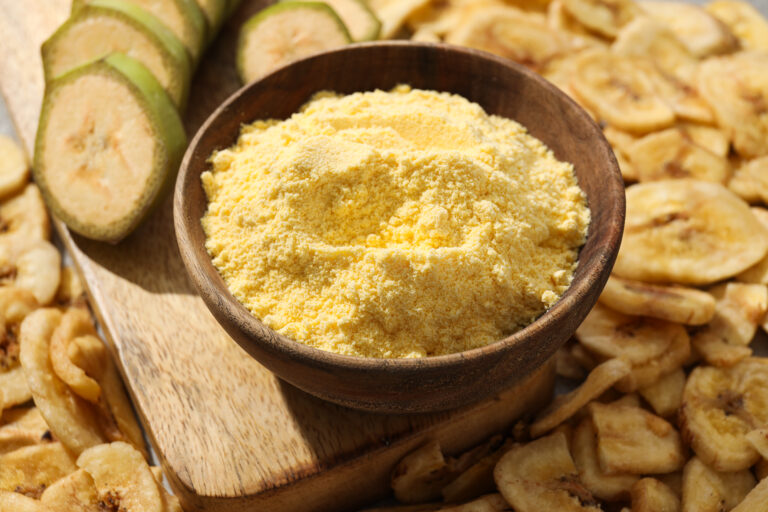Introduction
Palentu, often likened to traditional polenta, is a cornmeal-based dish that has transcended centuries of culinary evolution, cultural significance, and scientific appreciation. At its simplest, palentu is made by cooking cornmeal in water, broth, or milk until it achieves a thick, creamy texture. Yet, this unassuming dish embodies much more—it can be molded, grilled, or fried once cooled, offering endless versatility across cuisines. From nutritional value and chemical transformation to cultural storytelling and modern gastronomy, palentu remains a beloved staple that bridges heritage and innovation.
Origins, Cultural Roots, and Culinary Identity
The name “palentu” derives from “polenta,” with deep roots in northern Italy where it first appeared as a humble peasant food. Before the arrival of corn from the Americas, early versions were made using grains like millet and farro. Over time, cornmeal replaced these in rural diets due to its availability and affordability. This adaptability allowed regional variations to flourish—not only across Italy, but also in Balkan cuisines like Romanian mămăligă, or the Portuguese and southern European palenta variants My Blogsr.wikipedia.orgjutarnji.hr. Each version reflects local ingredients and traditions, whether enriched with herbs, cheese, meats, or kept plain as a comforting base.
Chemical Science Behind Its Texture
Understanding palentu means appreciating its chemistry. Cornmeal is primarily starch—made of amylose and amylopectin. When heated in liquid around 60–70 °C (140–158 °F), these granules swell and burst, a process known as gelatinization, releasing molecules that confer creaminess and structure. Amylose forms the gel-like base, while amylopectin adds viscosity. This duality allows palentu to be both soft and firm, depending on cooling and preparation My Blog. It’s the interplay of these molecules that makes palentu a marvel of kitchen chemistry.
Cooking Palentu: Techniques and Texture
Preparing palentu involves more than just boiling cornmeal—it’s about mastering ratios, heat, stirring, and ingredient additions to get the perfect texture. A higher liquid-to-cornmeal ratio creates a smooth, spoonable version; less liquid yields a denser, sliceable result. Gentle, steady heat prevents lumps, and constant stirring ensures even starch distribution. Adding fats like butter or milk enhances creaminess by coating starch molecules, while proteins—like cheese—interact to give body My Blog. Whether intended to be soft or grilled after cooling, these techniques shape palentu’s final form.
Nutritional Value and Health Benefits
Palentu shines not just for flavor, but for nutrition. It offers carbohydrate-rich energy, is gluten-free (since corn lacks gluten), and provides essential B vitamins like niacin and thiamine along with minerals such as magnesium and phosphorus My Blogzdravisimo.comPLIVAzdravlje. Whole-grain cornmeal brings fiber for digestion and blood sugar regulation. As long as it’s paired with complementary proteins or vegetables, palentu becomes part of a balanced diet—ideal even for babies transitioning to solid foods, as well as health-conscious eaters zdravisimo.comPLIVAzdravlje.
Versatility: From Soft Spoonable to Crispy Slices
One of palentu’s most compelling features is its adaptability. Serve it piping hot and creamy as a comforting breakfast or side—especially delicious with cheese, herbs, or sauces. Or let it cool, firm up, then slice and prepare it as grilled, baked, or fried squares or discs. The texture changes because cooled starch rearranges (retrogradation), making it texturally firm and ideal for crisping My Blog. This versatility invites creativity from home cooks and chefs alike, making palentu both familiar and endlessly reimagined.
Modern Culinary Appeal
Today’s chefs embrace palentu not just as rustic fare but as a gourmet ingredient. It appears beneath braised meats, infused with truffle, or shaped into elegant plated dishes. Street food vendors serve fried palentu with savory or sweet accouterments—demonstrating that simple maize flour can be elevated or casual, traditional or innovative My Blog. Its mild flavor makes it a culinary canvas, adaptable to breakfast, dinner, or dessert settings.
Conclusion
Palentu, with its unpretentious origin, scientific elegance, nutritional value, and culinary flexibility, stands the test of time as both a comfort food and a sophisticated pantry staple. From peasant kitchens to high-end menus, it bridges the gap between practicality and artistry. Whether you serve it creamy in a bowl or slice it into golden grilled portions, palentu offers nourishment, cultural meaning, and endless culinary possibility—all from the humble grain that has fed generations.
FAQ (Frequently Asked Questions)
Q1: What is palentu?
Palentu is a traditional dish made by simmering cornmeal in water or broth into a thick, creamy porridge. When cooled, it can be sliced and grilled, fried, or baked My Blogsr.wikipedia.org.
Q2: Is palentu the same as polenta?
Yes—they share the same origin. Palentu is a regional variation of “polenta,” known in various cuisines across Europe, including the Balkans and Italy sr.wikipedia.org.
Q3: Is palentu healthy?
Absolutely—palentu is naturally gluten-free, a good source of carbohydrates, fiber, B-vitamins, and minerals. It supports digestive health and provides lasting energy zdravisimo.comPLIVAzdravlje.
Q4: How is palentu prepared?
Combine cornmeal with liquid (water, broth, or milk) in a ratio of around 4:1, cook slowly while stirring, and season as desired. For firm servings, cool it before slicing and cooking further Bonapeti.Rsnet.hr.
Q5: What makes palentu both soft and firm?
Its texture depends on starch behavior—gelatinization during cooking creates creaminess, while cooling causes retrogradation, making it firm enough to slice and reheat or fry My Blog.
